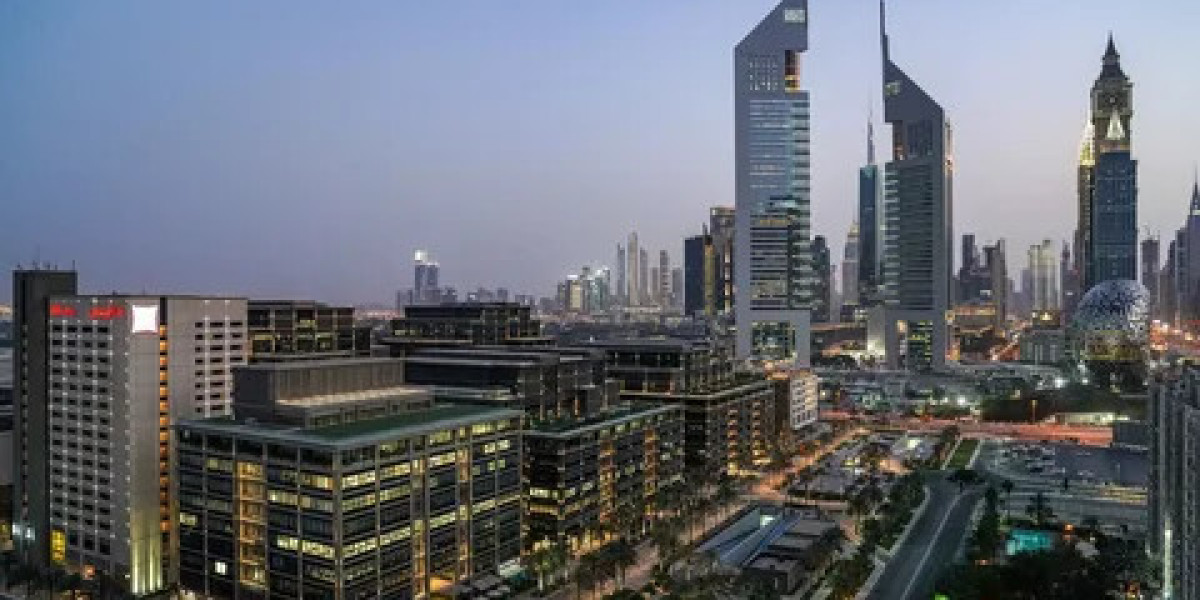Liquidating a company in a UAE freezone can be a complex process, but it is sometimes necessary for various business reasons. Whether due to financial challenges, strategic shifts, or the fulfillment of the company's purpose, understanding the steps and requirements for UAE freezone company liquidation is crucial. This guide provides a clear, straightforward explanation to help you navigate the process efficiently.
Understanding UAE Freezone Company Liquidation
UAE freezone company liquidation refers to the formal process of closing down a business registered in one of the many freezones across the United Arab Emirates. Unlike onshore companies, freezone companies are governed by the specific regulations of their respective freezones. While the rules may vary slightly between freezones, the overall process of liquidation shares common elements across the UAE.
Why Opt for Company Liquidation?
There are several reasons why a business might opt for liquidation:
- Financial Difficulties: Sometimes, a company may no longer be financially viable. In such cases, liquidation is a way to settle debts and distribute any remaining assets.
- Strategic Shifts: A business may decide to close one of its freezone entities as part of a broader strategic realignment.
- Completion of Business Purpose: If a company was established for a specific project or purpose, liquidation might follow naturally after the project's completion.
- Legal Compliance: In some cases, liquidation might be required due to changes in law or business regulations.
Steps Involved in UAE Freezone Company Liquidation
Liquidating a UAE freezone company involves several steps, each requiring careful attention to detail. Here’s a breakdown of the key stages:
1. Board Resolution
The first step in the UAE freezone company liquidation process is to obtain a board resolution. The shareholders or directors must pass a resolution to dissolve the company. This document is a formal declaration of the company’s intent to close, and it must be notarized and submitted to the relevant freezone authority.
2. Appointment of a Liquidator
Next, a liquidator must be appointed. The liquidator is responsible for overseeing the entire liquidation process, including settling the company’s debts, distributing assets, and ensuring that all legal obligations are met. The appointment of a liquidator is mandatory in most UAE freezones, and the selected individual or firm must be approved by the freezone authority.
3. Notification to Authorities
Once the liquidator is appointed, the company must notify all relevant authorities about the liquidation. This includes informing the freezone authority, as well as any other government bodies that have issued licenses or permits to the company. In some cases, the company may also need to publish a notice in local newspapers, informing creditors of the liquidation.
4. Settlement of Debts and Liabilities
One of the most critical aspects of UAE freezone company liquidation is settling all debts and liabilities. The liquidator will work to ensure that all outstanding payments are made to creditors, employees, and other stakeholders. This process may involve negotiating settlements or selling off company assets to raise the necessary funds.
5. Cancellation of Licenses and Visas
During the liquidation process, the company must cancel all licenses, permits, and visas associated with its operations. This includes the company’s trade license, as well as any visas issued to employees or shareholders under the company’s name. The liquidator will typically handle this process, ensuring that all documents are properly canceled and returned to the issuing authorities.
6. Final Audit and Report
The liquidator is also responsible for conducting a final audit of the company’s financial records. This audit is crucial for ensuring that all financial matters are in order before the company is officially dissolved. The liquidator will prepare a final report, which must be submitted to the freezone authority along with any required documentation.
7. Deregistration and Certificate of Liquidation
The last step in the UAE freezone company liquidation process is the deregistration of the company. Once all previous steps are completed, the freezone authority will issue a Certificate of Liquidation, officially confirming the company’s closure. This certificate is essential for legal purposes and serves as proof that the company has been properly dissolved.
Important Considerations During Liquidation
- Timeline: The liquidation process can take several months, depending on the complexity of the company’s financial situation and the specific requirements of the freezone. It is crucial to plan accordingly and ensure that all deadlines are met to avoid penalties.
- Costs: Liquidation involves various costs, including fees for the liquidator, legal expenses, and potential fines for any outstanding obligations. It’s important to budget for these costs to avoid surprises during the process.
- Legal and Regulatory Compliance: Adhering to all legal and regulatory requirements is essential during liquidation. Failure to comply can result in fines, delays, or even legal action against the company’s directors or shareholders.
Conclusion
UAE freezone company liquidation is a multi-step process that requires careful planning and execution. By understanding the necessary steps and working with experienced professionals, you can ensure that the liquidation is completed smoothly and in compliance with all regulations. Whether you’re facing financial challenges or simply looking to close a business that has fulfilled its purpose, following the correct procedures will help you avoid complications and achieve a successful outcome.



